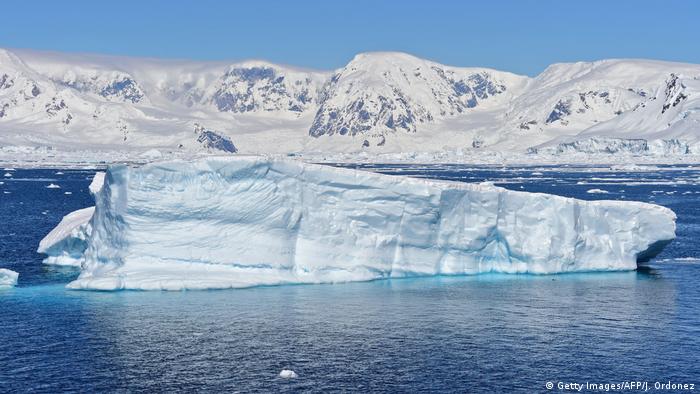Researchers from the
Australian Antarctic Program revealed that they had recorded temperatures as
high as 9.2 degrees Celsius at Casey station in the continent east earlier this
year, indicating a heatwave event.

Background
Heat waves are classified
as three consecutive days with both extreme maximum and minimum temperatures.
Between January 23 and 26, the station recorded minimum temperatures above zero
degrees Celsius and a maximum temperature of 9.2 degrees Celsius.
Details
➤Scientists are concerned
about the effect that the heat wave could have on Antarctica’s ecology,
both positive and negative.
➤Most life exists in small
ice-free oases in Antarctica, and largely depends on melting snow and ice for
their water supply.
➤Melted ice flooding can provide additional water to these desert ecosystems, leading to increased growth and reproduction of mosses, lichens, microbes and invertebrates. However excessive flooding can dislodge plants and alter the composition of communities of invertebrates and microbial mats.
➤It is believed that the unusual temperatures were linked to meteorological patterns which occurred in the Southern Hemisphere during the spring and summer of 2019.
➤These patterns were influenced in part by the early break-up of the ozone hole in late 2019, due to rapid warming in the stratosphere.
➤Global cooperative efforts being undertaken to repair and eventually close the hole in the ozone layer would help reduce regional shifts in the climate system.
To know more, visit;-
Comments
Post a Comment